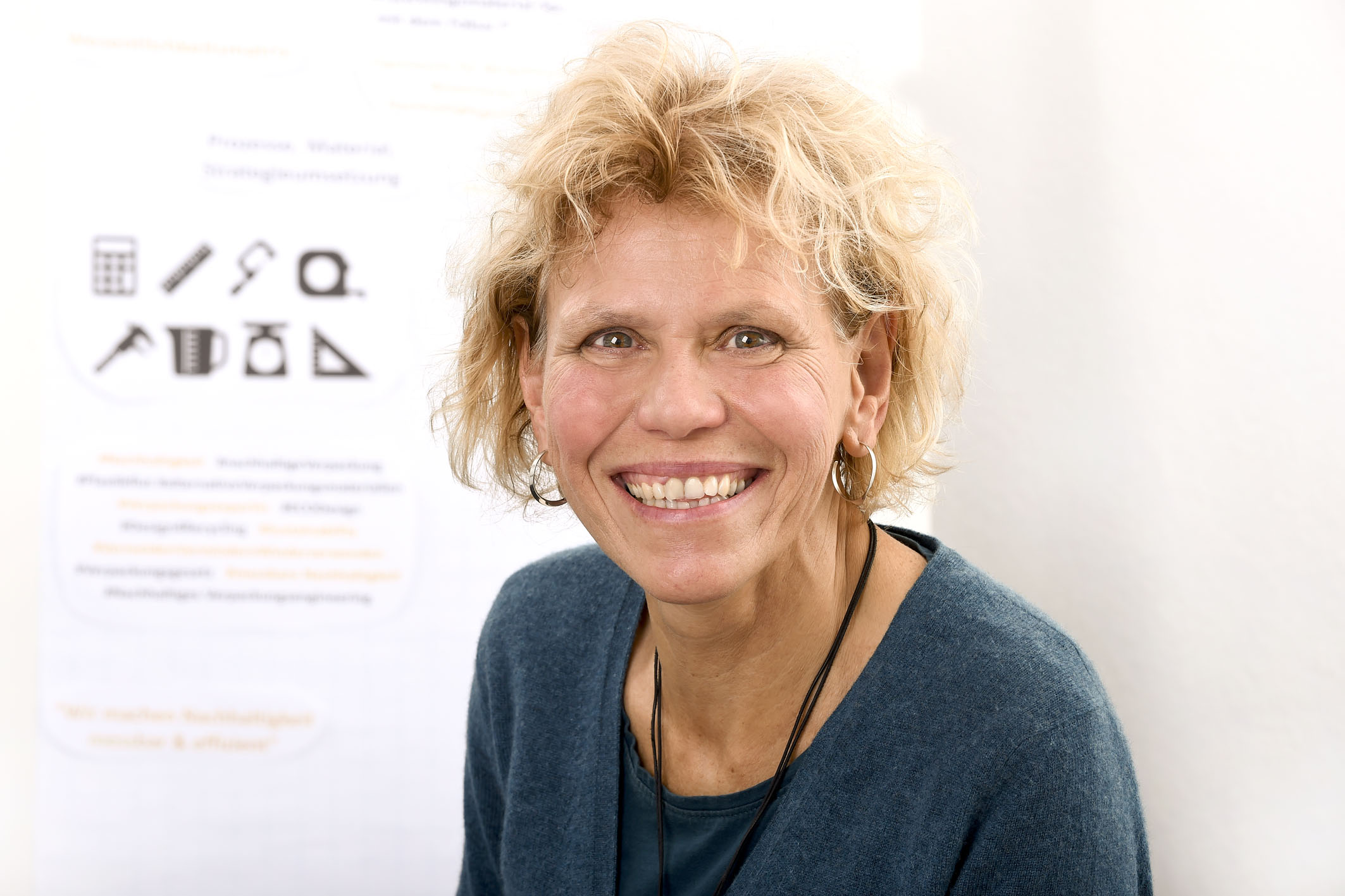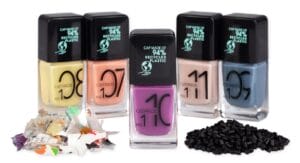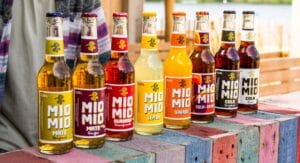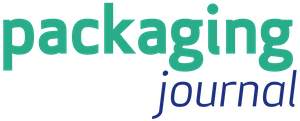
A contract with a handshake is valid
Managing director Tina Gerfer of Wilhelm Rasch Spezielmaschinenfabrik has modernized the company and successfully guided it through difficult times.

There is no getting around the issue of sustainability, whether as a consumer or as a producer. The packaging industry is also concerned about the sensible use of raw materials. But where do you start? Carolina E. Schweig, a graduate engineer and packaging consultant, knows. For our focus, she looked into the topics of sustainability and green packaging.
If you search the internet with the keyword „green packaging“, the focus of this special, you will find a list of results. After a closer look, the ecological advantage of most of the mentions turns out to be doubtful. With terms like „compostable“ or „plastic-free“, companies and brands want to give the impression that they are actively addressing the environmental impact of their packaging. Regardless of whether the products are actually „plastic-free“ or compostable and whether these statements are in any way purposeful. This approach stems from a deep lack of understanding of sustainability, namely that of an outwardly worn „green coat“. Sustainability, however, when understood in its original sense, offers future viability through economic efficiency!
In view of the currently noticeable tension on the raw materials and energy markets, as well as the associated bottlenecks and price increases, it is time to discover sustainability in its true form and apply it to one’s own company.

Sustainability is the approach to maintaining our raw material and energy supply in the years to come. Let’s briefly recall original the concept of sustainability, which originated in forestry and aimed to utilise only so many trees that the forest itself would not be endangered in its function and existence. Transferred to our modern times, it is about the responsible use of raw materials and thus also packaging materials as well as their multiple uses. This includes sorting and processing technology that is geared towards the high-quality reuse of the recovered raw materials. However, it also involves looking at raw material extraction and the yield or loss of raw material and energy across the entire value chain.
Yes, the term „sustainability“ has arrived in the middle of society. „Consumers“ quite generally expect a certain „sustainability“ from products and companies: according to current figures from GfK (Growth from Knowledge), more than two thirds (68 percent) of Germans demand that companies behave as environmentally conscious as possible, for example by using environmentally friendly materials. Often, this supposedly clear market pressure is met without reflection and without a fundamental strategy: Well-recyclable plastic packaging is replaced by fresh-fibre-based „paper packaging“ or advertising claims of „100 % recyclate“ or to „100 % recyclable“ are copied by market competitors.
The basis is an individual sustainability strategy that is oriented towards one’s own brand, the expectations of one’s own customers or target group, and the stakeholders. Large international companies have also been hit by a shitstorm with isolated, supposed sustainability campaigns, even though they had invested a lot of money and enthusiasm in them. First comes the strategy, from which actions and packaging materials are derived in the end.

The work on the strategy begins with the so-called materiality matrix. Here, the focus is on the one hand, the specific company situation (local, national, occupational safety, gender issues …), and on the other hand, the expectations of the stakeholders with regard to sustainability. Please do not use generalities! Well-intentioned but completely exaggerated ideas of sustainability fuel mistrust, a bad currency in the field of sustainability. Companies that have been perceived as „problematic“ because of their products should avoid appearing as world saviours. This is not very credible for customers, competitors and NGOs and tends to lead to rejection.
From the materiality matrix, the sustainability goals for companies are broken down and then defined for the brands. For different brands, sales structures and target groups, certain goals may be weighted differently.
We all know from our personal annual meetings that goals must be achievable and measurable within a defined period of time. This also applies to sustainability goals. In order to achieve the goals set, one defines „measures“, sometimes referred to as criteria or also as sustainability KPIs. To make these measurable, they need a unit. Climate goals can be measured with the saved CO2 equivalents, e.g. in the unit [g CO2 /unit]. Resource use or savings are often measured in [g/unit] or over a year in [tonnes]. Ideas for suitable measurements and units can be found in the GRI (Global Reporting Initiative) or the SDGs (Sustainable Development Goals). However, since the ecological criteria alone are very contradictory – paper requires a high use of water, but scores with lower greenhouse gases, while plastics have exactly the opposite effect – weightings must be defined.
Coherence is important when translating the defined sustainability goals into concrete assessment matrices. There is always a preliminary stage that must be taken into account. Where does a raw material come from, for example, how high is the risk that the pulp used was produced with child labour or through „black clearing“?
In many companies, the sustainability criteria are queried in the gates during the IT-supported ideation-innovation funnels and thus included in the systematised evaluation. For here, too, as with other product attributes, the same applies: If the sustainability offered does not meet the specified requirements and therefore does not pay off on the sustainability strategy, this must be recognised as early as possible in order to readjust. Otherwise, the approach must be discarded. Incidentally, the review of sustainability criteria also applies to the achievement of goals. If, for example, plastic littering of oceans and land is to be prevented, it must be checked whether the intended „bio-plastics“ actually meet these goals and do not possibly exacerbate the problem.
It is important here to deal realistically with the relevant certificates, standards and realities. For example, the well-intentioned use of rPET in thermoforming trays leads to a transfer of a raw material from a closed (disposable PET bottles) to an „open“ material stream (fruit, vegetable, meat trays made of PET/ rPET).

Closed material flows are the order of the day! Such „diversions“ of raw materials are partly responsible for the considerable price increases in the secondary raw materials market and thus also harm economic efficiency in the long run. Not only financially are these well-intentioned ideas increasingly a problem without systematic verification and measurement. For there are already ideas in the European Union that can be legally warned off as greenwashing: everything that cannot be proven! This means that in terms of brand value, it is also important to be able to substantiate the sustainability claims made in advertising with facts and figures.
Back to the beginning: Economic sustainability helps to achieve goals that support the company as well as the brand. It helps to precisely fulfil customer needs and to receive the corresponding remuneration for this, and it protects against misleading statements and the danger of appearing as a greenwasher. Economic sustainability sets the course for the future viability of a company!

Managing director Tina Gerfer of Wilhelm Rasch Spezielmaschinenfabrik has modernized the company and successfully guided it through difficult times.

From primary packaging to final packaging, electric drives play an important role. With a broad portfolio, Nord Drivesystems supports customers.

Labels offer many functions which can get lost due to label removal. PTS assesses labels and cardboard for durability and tamper evidence.

Packaging for decorative cosmetics is very special. The Forum Rezyklat calls for the recyclability of packaging to be taken into account when designing it.

According to a survey conducted by Aktionsforum Glasverpackung 2024 is set to be a highly innovative year for glass packaging.

Sustainability is part of Weleda’s identity. IWK is also contributing to this with its new flexible packaging line for many natural cosmetic products.
